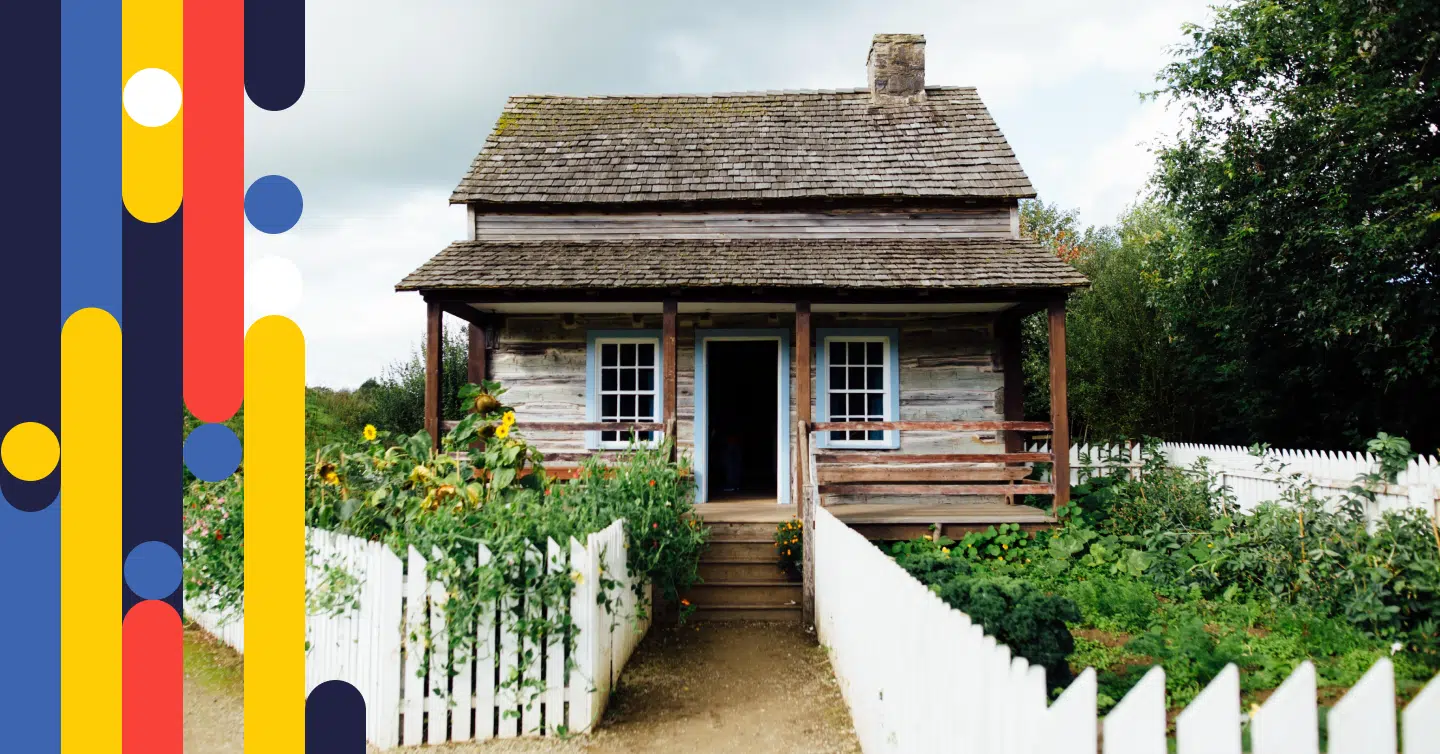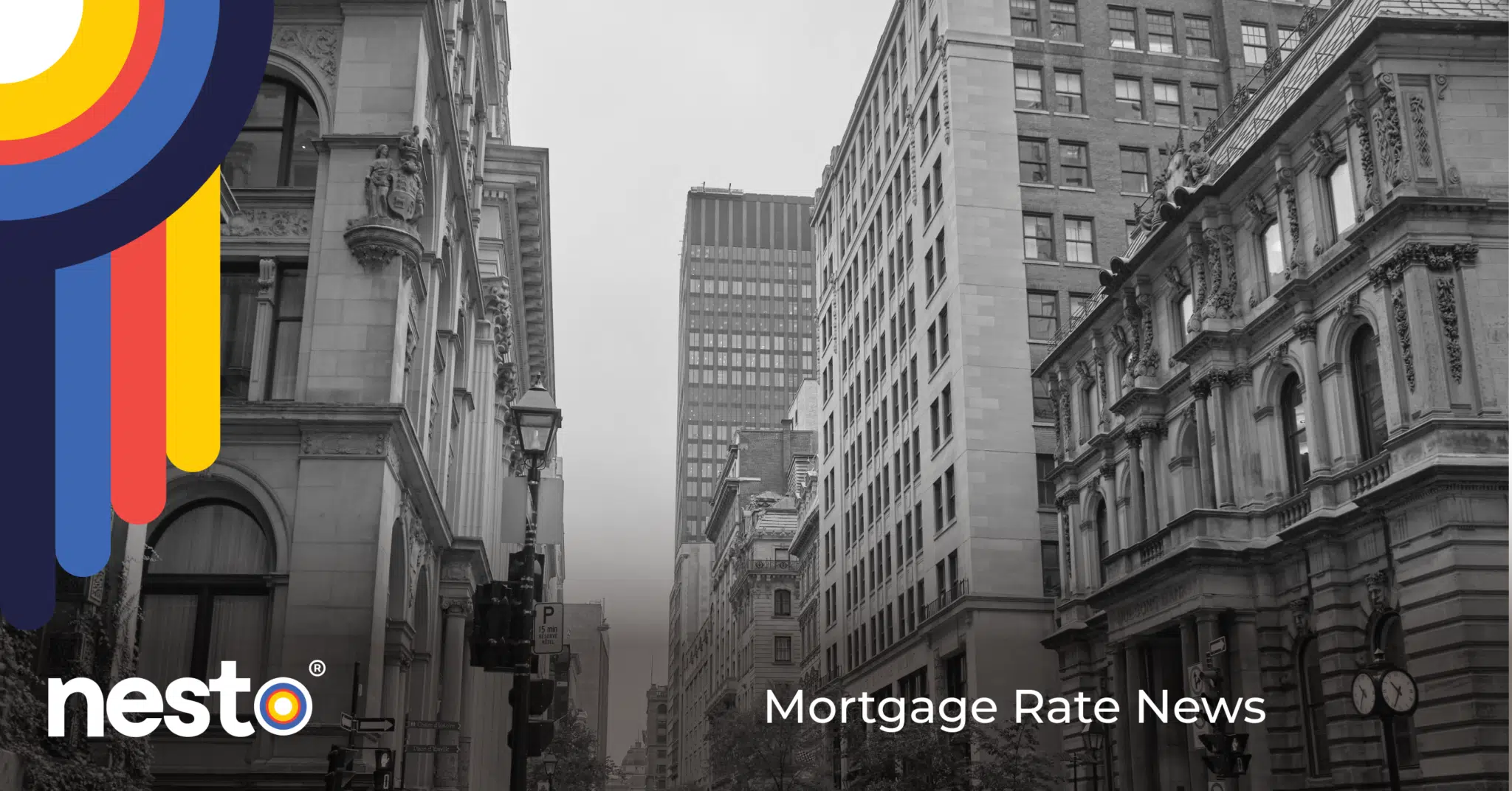Industry News #Home Buying #Real Estate
Industry News #Home Buying #Real Estate
Where Can Canadians Find Bargain Prices on Their First Home

Table of contents
Where Can Canadians Find Bargain Prices on Their First Home
Canada’s real estate prices have been skyrocketing since the start of the pandemic in spring 2020, making homeownership out of reach for many first-time homebuyers (FTHB). With higher interest rates and tightening monetary policy from the Bank of Canada, housing costs continue to rise while home prices remain below the highs seen in 2021 and 2022. Purchasing a home may be discouraging for potential buyers, but alternatives exist that can assist them in reaching their homeownership goals. Younger generations are particularly willing to take advantage of alternatives such as living in smaller spaces like a tiny home, buying with friends and family, or exploring more affordable regions outside major urban centres.
The pandemic made remote work more prevalent, and many individuals have opted for a rural way of life, foregoing the fast-paced nature of urban centres. Despite this, it is essential to note that complete isolation is no longer the case in smaller towns and villages nowadays. Plenty of charming and affordable countryside locations near urban areas provide all the essentials. These areas boast many amenities, including schools, hospitals, and popular retail stores, ensuring residents can access everything they require without travelling far from home.
Suppose you’re wondering the maximum price you can afford for a house in Canada. In that case, we update our monthly blogs on income needed to qualify for a mortgage in various locations to provide factual insights on the most and least economical places to purchase property throughout Canada. Our blogs can help you understand housing supply, market size, and price growth on a year-over-year or monthly basis for residential properties in a specific location. Consider these initial steps to guide you as you begin your search. It is essential to understand that finding the ideal location that balances cost-effectiveness and standard of living will require dedication and thorough research. Keep in mind that the areas worth exploring offer an abundance of housing choices in a market that is advantageous to buyers.
BC and Alberta Getting Even More Expensive
British Columbia’s homeownership costs are the most elevated, particularly in Vancouver and Victoria. However, for those determined to live in BC, where the average single-family home price exceeds $1 million, numerous areas have prices significantly lower than the provincial average. Consider searching for options in and around Prince George, with single-family homes for half the provincial average of around $500,000. There are also more budget-friendly options in the countryside areas of the province, but it is crucial to determine whether the interior of BC offers your preferred lifestyle.
Alberta’s real estate market is experiencing a surge in demand, particularly from individuals looking to relocate from BC and Ontario. Despite Calgary being relatively more affordable than the national average in Calgary, the housing market there is facing supply constraints, resulting in a rapid increase in home values and rents. If finding an affordable home in Alberta’s cities is proving a challenge, ample options remain available in neighbouring Saskatchewan. But if you’re looking for a big city and can stand the long winters, then Edmonton offers a great alternative – leaving more money in your savings after the downpayment. At 75% of the provincial average home price near $490,000 and 55% of the national average home price, Edmonton offers more space and value at 2/3rds the cost of the average home in Calgary.
Affordable Saskatchewan
Saskatchewan continues the trend of being a popular choice for first-time homebuyers into 2024. According to realtors at CREA, the province’s average home price is below $335,000, which mortgage experts will tell you requires as little as $17,000 for a downpayment to score Canada’s lowest mortgage rates. Regina’s average home price is $20,000 lower than the province’s average. Meanwhile, Saskatoon’s average home is $60,000 higher than the province’s but still below $400,000, which is what it costs to buy a closet or parking spot in downtown Toronto or Vancouver.
Look to Southeastern Saskatchewan, specifically the City of Lloydminster, located on the border with Alberta, where homes sell at more than a $130,000 discount compared to Saskatoon’s average price. The more rural areas, with their lower cost of living, offer even more affordable options. The savings are amplified as the properties are significantly larger, with the potential for rental suites.
As a first-time buyer, if you’re struggling to get your downpayment and closing costs together, the government can also assist. Saskatchewan’s First-Time Homebuyers’ Tax Credit allows for a non-refundable income tax credit of up to $1,050. Moreover, the Graduate Retention Program is another option that can aid in covering your down payment. With these incentives in place, Saskatchewan is a favourable choice for first-time homebuyers in 2024 due to its affordable housing options, stable market conditions, and various available benefits.
Québec Offers More Than Just Affordable Homes
Considering that the median price of a single-family home in the province of Quebec was less than $420,000 in 2023, it’s reassuring to know that affordable properties still exist. According to the APCIQ market analysis, buying a house for under $300,000 at the beginning of 2024Q1 is not only possible but also financially feasible.
The picturesque towns of Baie-Comeau and Sept-Îles, nestled in the Côte-Nord region and offering breathtaking views of the St-Lawrence River, present a unique opportunity for affordable homeownership. With real estate prices among the lowest in Québec, a single-family home can be yours for as little as $200,000, requiring a downpayment of just $10,000. The charm and beauty of these towns are sure to intrigue and draw you in. You can purchase a home in Amos or Saguenay for about $50,000 more than the cheaper cities, so you’d need a downpayment, which is slightly higher at $15,000.
But if small-town life doesn’t appeal to you, Montréal and Québec City remain surprisingly affordable, especially for those looking to relocate from the expensive Ontario or BC’s urban areas. Montreal and Quebec City offer an exciting opportunity for those ready for vibrant city life, culinary delights, fashion and nightlife to buy a home in these cities. Still, it will come at a premium based on Quebec’s average benchmark or median price.
Nova Scotia Offers You Canada’s Ocean Playground
Nova Scotia’s average home price, just over $400,000, is still almost $300,000 lower than the national average – allowing you to purchase with a 5% downpayment. The stark price difference has attracted much attention from other regions in the country. There has been a noticeable increase in individuals purchasing their first homes in the surrounding suburbs of Halifax Regional Municipality (HRM), such as Sackville, Dartmouth, and Oakfield.
Meanwhile, significant development and expansion are also happening in neighbouring areas outside Halifax’s suburbs, such as Enfield, Elmsdale, Milford and Lantz. In these places, purchasing a high-quality single-family home can be similar to the provincial average of around $400,000. Nova Scotia stands out for its affordability, excellent transportation options, and relaxed lifestyle, which are the province’s main draw. One of the most remarkable aspects of this region is the abundance of water bodies, making it a true gem. Whether it’s a stunning lake, a meandering river, or a picturesque coastline, these natural wonders are always within a short drive or leisurely walk, providing endless joy and contentment. The tight housing market in Nova Scotia is currently favouring buyers, but persistence and flexibility can still lead to finding some excellent bargains.
Ontario’s Draw of Big City Life with Even Bigger Home Prices
For some people, it may not be possible or desirable to relocate to a different part of the country in search of cheaper housing. What options do you have if you are in a pricey market like Ontario’s and wish to remain there? Or to make your dream of owning a home in Toronto a reality? Single-family home prices in the Greater Toronto Region remain above $1 million, requiring upwards of $200,000 or more in downpayment. Although there is some reprieve on land transfer tax in Ontario and Toronto for first-time buyers, it’ll still set you back an additional $8,500 after you shell out the 20%, or $240,000, on the average $1.2 million price tag.
In expensive markets like Toronto, first-time homebuyers can consider purchasing a pre-construction condominium assignment from a seller in financial distress or examining the re-sales made by investors in condominiums. They could also consider buying a duplex and renting out one unit, a mortgage strategy known as owner-occupied rental, a real estate investing and wealth hack that works best in more affordable markets where you can still snag a home for less than $1 million. Ottawa or London offers options to cut your purchase price by almost half. However, they both come with much heftier carrying costs regarding higher property tax rates and vastly different economies and job markets if your work depends on being in-person at the office.
Achieving the milestone of owning a home is a huge accomplishment that can offer a sense of security and peace to both you and your family. By staying focused on your goal and actively searching for properties that meet your criteria, you can make your dream of owning a home a reality. Ready to make the move? Contact nesto’s mortgage experts to see how we can help you realize your homeownership goals in all of Canada’s provinces.
Ready to get started?
In just a few clicks, you can see our current rates. Then apply for your mortgage online in minutes!















